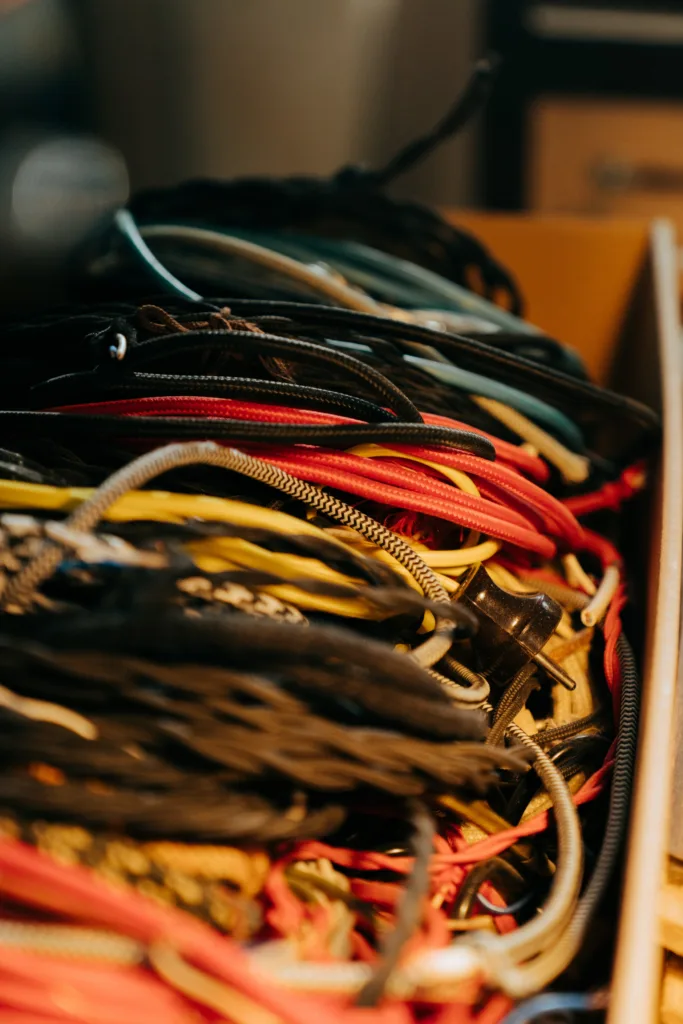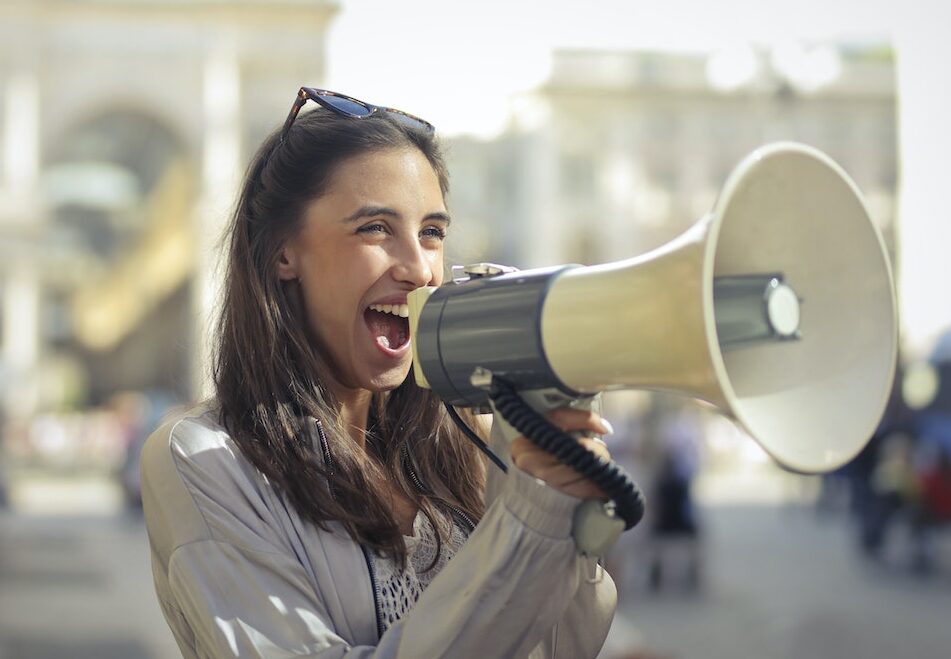Team building activities can be used to enhance communication, which is the cornerstone of successful teamwork, in a fun and effective manner. Effective communication serves as the bridge that connects team members, allowing them to share ideas, information, and feedback. In the context of a team, clear communication promotes understanding, fosters collaboration, and prevents misunderstandings.
It enhances trust, as team members can rely on one another’s ability to convey thoughts and expectations. Furthermore, good communication resolves conflicts efficiently and aligns the team toward common goals.
The ability to listen actively and express ideas concisely is paramount in achieving shared objectives. In essence, communication is the lifeblood that ensures a team functions harmoniously and achieves its full potential.
Here are 20 fun team building activities that can help enhance communication among your colleagues. Some of them are classics while others have been created by us:
Pass The Message

What you need: a list of sentences that are slightly complicated, which they can pass down by whispering to the next person.
This activity has been used for decades in communication skills training. 9 out of 10 times the message gets distorted while it is being passed down to the person at the front who is supposed to write down the answers.
Pass The Message (Silently)
What you need: same as no. 1 above.
In this variation, the participants are not allowed to speak so the sentences need to be a little simpler than the original above..
You Feel Me?
What you need: A4 papers, tape and markers.
Each participant has a paper stuck to his back and they line up in a column. This is a variation of the age-old “Pass the Message” activity, except that they need to “feel” what the person behind him is drawing and relay that picture to the first person.
Scenario-based Survival Discussions

What you need: A survival guide for reference, a list of the items and pen and paper for each team.
a. Brief the teams on the scenario, e.g. Desert survival or Surviving On Mars. Give them a list of the items that they are supposed to rank.
b. Get the participants to rank the items individually and a group ranking
c. Show them the model answers
d. Usually 80 to 90 percent of our participants get a better score for their group
e. Be sure to make observations while they are discussing to explain why this happens.
If you prefer to have an experienced trainer conduct your team building session, do contact us for more details.
Positive Bombing
Get participants to stand in a circle and get one of them to pay a compliment to another person. The person who received the compliment then does the same to another person (who has yet to be complimented). The exercise stops when everyone has received a compliment.
Ask them how they feel after they have received the compliment – they will agree that it feels good to be complimented. This illustrates that positive communication is important.
2 Truths And A Lie
Participants take turns sharing three statements about themselves, one of which is false. The group must guess which statement is the lie, encouraging active listening and questioning.
Blind Puzzle
Each team nominates a representative to be the “Puzzle Builder”. The puzzle builder is the only one who is not allowed to look at the picture of the completed puzzle. His teammates then take turns to instruct him to complete the puzzle.
The Gordian’s Knot
This is another classic team activity where team members stand in a circle and grab 2 hands from different people standing on the other side of the circle. The team that manages to untangle themselves wins the challenge.
The Guggler
What you need: a glass of water for each participant (or 5 marshmallows each) and tissue paper for them to clean themselves up.
Participants line up and face the facilitator. Each participant has to keep a big gulp of water in his mouth while relaying a message to the last person.
Pictionary
A flip chart, a list of items for participants to guess and a stopwatch to keep time.
An “artist” is nominated by each team to draw the item on the teams flipchart while his members guess what item it is. This can be played simultaneously or each team can take turns to play.
Charade
A list of items for guessing.
Each team nominates a person to act out the item for them to guess. Most number of correct answers within a specified time wins the challenge.
Remote Puzzle
What you need: Cut-out shapes and a shoe box for each team
Team members instruct their “puzzle builder” to arrange the puzzle pieces to form a figure that the “puzzle builder” cannot see.
This activity emphasises the importance of details in communication, patience and creativity in communication.
Memory Grid
What you need: A grid of random items and corresponding answer sheets with the grid but without the items.
Teams are given a short time to memorise the entire grid without taking notes. They are then given a minute or so to replicate the answers on the answer sheet.
The activity brings out the importance of clear communication and teamwork.
Animal Farm
What you need: List of animals and blindfolds for each participant.
Teams are assigned different animals.
They are then blindfolded and mixed up with other participants. They are instructed to gather all their team members by only making the calls of the animals that they represent.
This activity can be used to talk about the importance of contributing ideas and speaking up and active listening.
Perfect Poster
Given a message, the team designs a poster without words to deliver the message for other team members to guess the message.
This activity is about effective use of images in communication.
Say It Better:
What you need: A list of poorly communicated messages
Teams discuss to communicate the same message in three other ways
Catch The Leader
The “Catcher” is asked to leave the room while the “Leader” is being nominated.
Participants stand in a circle and the Leader makes a dance move while the others immediately copy him. He then proceeds to make a second, then a third move and so on until the Catcher identifies him.
This activity emphasises the importance of going to the source of the message.
Witness’ Final Words
What you need: Pictures of victims, weapons and criminals.
Each team nominates a witness who is supposed to use as little words as possible to describe the victim, weapon and criminal so their teammates can catch the right person.
The team that uses the least number of words to convict the right criminal wins.
The activity teaches about being concise in our communication.
Defuse the Bomb

What you need: Cut up sections of a photo that shows how a bomb is connected to its battery.
Different team members are given a piece of the photo and they need to discuss and decide which wire they will cut to defuse the bomb.
Learnings from this activity include: Calmness, active listening and giving everyone a chance to speak.
Spot the Species
What you need: Pictures of closely related animals.
Half the team is given one photo and the other half another. After some discussion, they have to decide if the animals in the photos are the same species.
This activity highlights the importance of keen observation and clear communication.
Be sure to practise the activities with some colleagues before your actual session to ensure everything is in order. If you need assistance with your team activity from an experienced trainer, do enquire with us.
